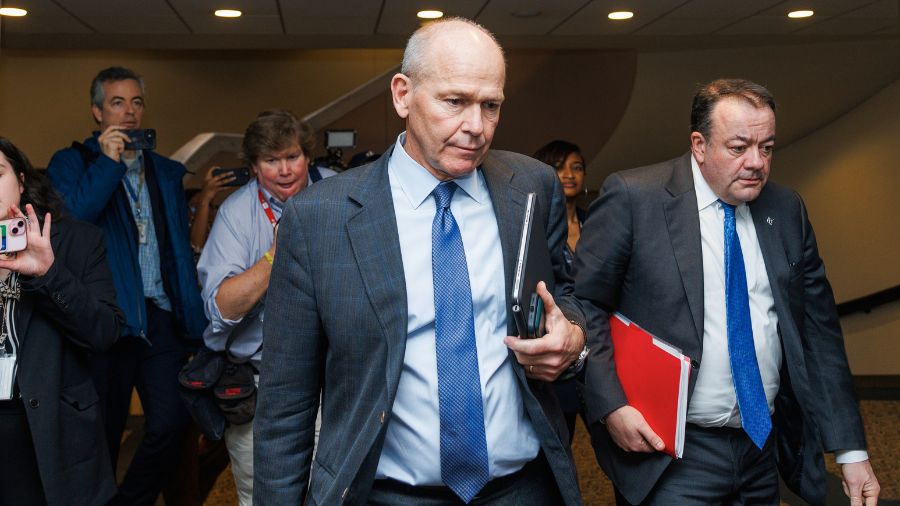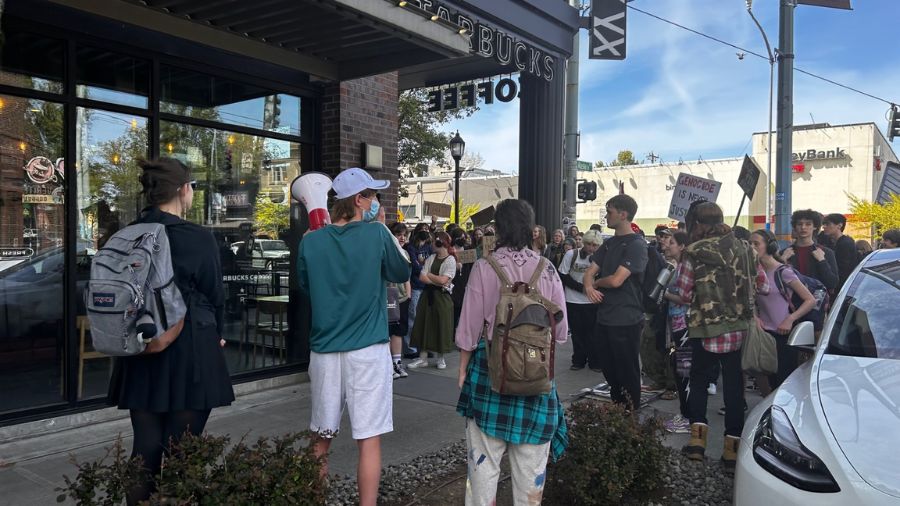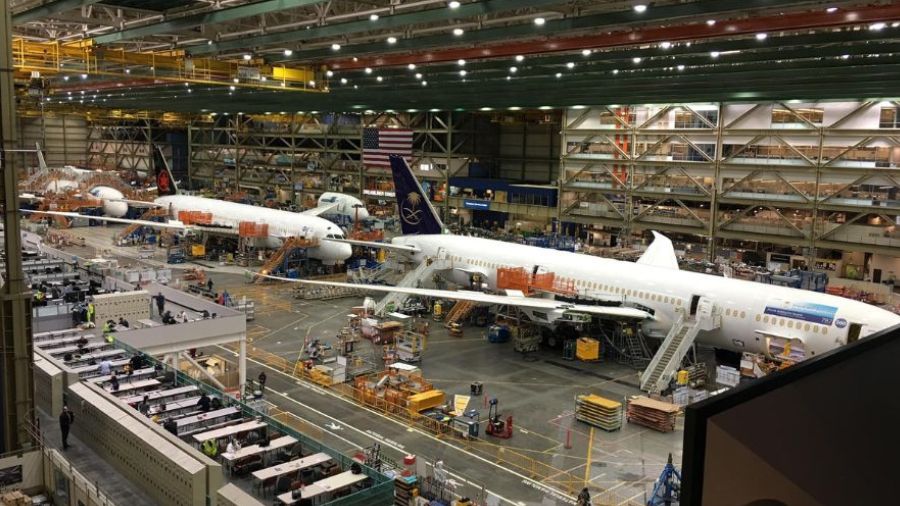City of Seattle has less tree cover than 5 years ago
Mar 1, 2023, 1:24 PM | Updated: 1:45 pm

Lisa Ciecko, a Seattle Parks and Recreation plant ecologist, looks at a tree on Friday, Oct. 7, 2022, in Seattle. Cities across the world have promised to plant more carbon-absorbing trees to help fight climate change. Research has shown the shade of mature trees also helps reduce unhealthful “heat islands,” especially in poor neighborhoods.(AP Photo/Stephen Brashear)
(AP Photo/Stephen Brashear)
Seattle is called the Emerald City in part due to all the green foliage. However, the city is a little less green, according to a new report on the city’s tree canopy.
The City of Seattle released the final 2021 Tree Canopy Assessment Wednesday showing the city has lost 255 acres of tree canopy since 2016. This is a 1.7% relative decline in the amount of tree coverage around the city, roughly the size of Green Lake.
As climate change progresses, trees in cities struggle
“Our vision for the urban forest is a Seattle where everyone—starting with those most harmed by current and existing racial inequities—has access to trees and the benefits they provide and where we keep our trees and forest healthy and thriving in the face of a changing climate,” the report read.
Seattle’s goal is to achieve 30% citywide canopy cover by 2037, distributed equitably, as well as to improve tree health and resilience to climate change.
Part of the impact of the loss of foliage includes the fact that neighborhoods impacted by racial and economic injustice started with less canopy and lost more than the citywide average. Less economically wealthy neighborhoods, and also more racially diverse ones, had 31% less canopy in 2021, an increase in disparity from 2016 (when they had 27% less).
This is an important problem to solve, said Seattle Mayor Bruce Harrell.
“Critical for ensuring Seattle’s standing as a truly emerald and evergreen city, trees provide essential benefits to our communities from heat mitigation to air quality improvement and overall wellbeing,” Harrell said. “This decline in canopy cover means we need to do more to plant, preserve, and protect trees to meet our goals for Seattle’s canopy, climate, and communities.
“The information in this report is informing our upcoming efforts to drive improvements — including new strategies to plant more trees and maintain our existing canopy, all while prioritizing equity in neighborhoods who face the worst impacts of climate change,” Harrell continued.
Of the canopy lost, nearly 43% of it was from city parks, despite parks making up only 5% of the city’s land usage. These areas require active management to ensure long-term forest health and resilience, and losses here may be due to aging deciduous trees coming down naturally or being selectively removed to allow for the growth of evergreen trees.
Patti Bakker, Urban Forestry Advisor with Seattle’s Office of Sustainability & Environment, said that the loss of the canopy is due to a lot of factors, including costs, development, and climate.
“The reasons for tree canopy loss are complex and not due to one single cause, and our solutions must also be multi-faceted,” said Bakker. “Climate change, aging trees, making way for other uses such as infrastructure, development projects and other needs in residential yards, increasing budget and maintenance costs, and more, all contribute to changes in our tree canopy. We will continue to work to improve the stability and coverage of our tree canopy so the benefits of our trees can be felt by all.”
The city has said that they will continue to conduct detailed analyses with the data to develop a Tree Canopy Equity & Resilience Plan, which will serve as the citywide plan for how we will equitably reach our canopy cover goals, and to continue to update our urban forestry management work.













